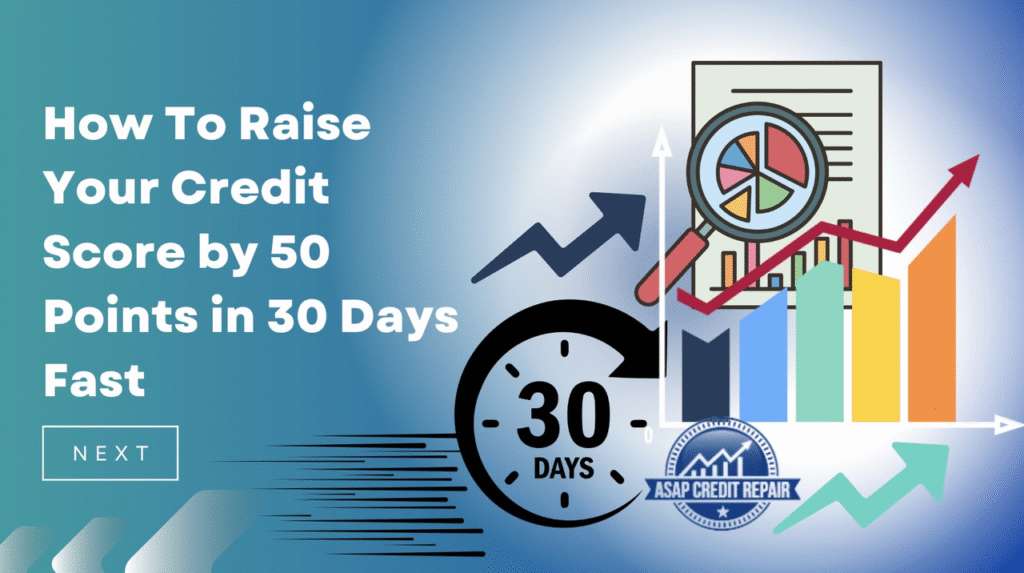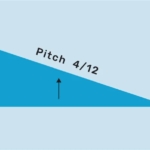In the modern world, your credit score is your adult report card.
It determines whether you can buy a house. It determines what interest rate you pay on your car (which can save—or cost—you thousands of dollars). In some states, it even determines how much you pay for car insurance or whether you get hired for a job.
A “good” score (720+) opens doors. A “bad” score (below 620) slams them shut.
Most people think improving a credit score takes years of slow, boring discipline. While time is a factor, there are also mathematical “hacks”—legal, legitimate strategies—that can artificially inflate your score much faster than standard advice suggests.
In this comprehensive guide, we are going to look under the hood of the FICO algorithm and teach you how to pull the levers that matter most.

Part 1: Anatomy of a Credit Score (The FICO Pie)
To hack the system, you must understand the system. Your score (usually ranging from 300 to 850) is not random. It is calculated based on five specific categories of data in your credit report.
Shutterstock
Explore
Here is the breakdown of the FICO score:
- Payment History (35%): Do you pay on time? (The most important factor).
- Credit Utilization (30%): How much of your available credit are you using? (The easiest factor to hack).
- Length of Credit History (15%): How long have you had credit? (The hardest factor to hack).
- Credit Mix (10%): Do you have different types of debt (credit cards vs. installment loans)?
- New Credit (10%): Have you applied for a lot of new credit recently?
If you want fast results, you ignore the bottom three and focus entirely on the top two: History and Utilization. These make up 65% of your score.
Part 2: The “Utilization” Hack (The AZEO Method)
This is the single most powerful trick to boost your score in 30 days.
The Concept: Credit Utilization is the ratio of your current balance to your credit limit. If you have a $1,000 limit and you have a $500 balance, your utilization is 50%. Credit bureaus get nervous when utilization is high. They view you as “maxed out” or “high risk.”
The Standard Advice: “Keep your utilization below 30%.” The Expert Advice: “Keep your utilization below 10%.” The Hacker Advice: “Use the AZEO Method.”
AZEO = All Zero Except One.
If you have 5 credit cards, the algorithm loves to see:
- Card 1: $0 Balance
- Card 2: $0 Balance
- Card 3: $0 Balance
- Card 4: $0 Balance
- Card 5: Small Balance (e.g., $10 or 1% of limit)
Why this works: Having a $0 balance on every card can actually hurt you slightly (the algorithm thinks you aren’t using credit at all). Having a tiny balance on one card proves you are active but extremely responsible.
Implementation Strategy: You don’t have to stop using your cards. You just have to pay them differently. Most people pay their bill on the “Due Date.” This is too late for optimizing your score. You need to pay before the “Statement Closing Date.”
- Find your Statement Closing Date (this is when the bank reports your balance to the bureaus).
- Pay off your balance 2 days before this date.
- Leave $10 on one card.
- When the report generates, it will show ~0% utilization. Your score will skyrocket.
Part 3: The “Authorized User” Hack (Piggybacking)
What if you have a “thin file” (not enough credit history) or a short history? You can borrow someone else’s.
The Concept: When someone adds you as an “Authorized User” on their credit card, the entire history of that card gets copied onto your credit report.
The Scenario: Your mom has had a chemically pure American Express card for 20 years. She has never missed a payment, and the limit is $20,000. If she adds you as an Authorized User:
- You suddenly have a 20-year-old account on your report (boosting “Length of History”).
- You suddenly have $20,000 of available credit (lowering your “Utilization”).
The Catch:
- You must trust the person. If they miss a payment, it hurts your score.
- They don’t actually have to give you the physical card. You don’t need to spend money. You just need your name on the account.
- This works best for family members (parents/spouses).
Part 4: The “Limit Increase” Request
Lowering your utilization (Part 2) usually means spending less money. But there is another way to lower the percentage: Increase the denominator.
Utilization = Balance / Limit.
If you have a $1,000 balance on a $2,000 limit, you are at 50% (Bad). If you call the bank and get your limit raised to $5,000, your $1,000 balance is now only 20% (Good).
How to do it:
- Call the number on the back of your card.
- Ask: “I’ve been a loyal customer. Can I get a credit limit increase without a ‘hard pull’ on my credit?”
- Many banks will do a “soft pull” (which doesn’t hurt your score) to approve an increase.
- If they say yes, your utilization drops instantly without you paying a dime.
Warning: Do not do this if you lack self-control. If a higher limit tempts you to spend more, this hack will backfire.
Part 5: The “Goodwill Letter” (Erasing Late Payments)
A single late payment (30+ days past due) can tank your score by 100 points. It stays on your report for 7 years. However, you can sometimes ask for forgiveness.
The Strategy: If you have a generally good history but missed one payment due to an accident, a move, or a tech glitch, write a Goodwill Letter to the creditor.
What to say:
- “I have been a loyal customer for 5 years.”
- “I have never missed a payment before.”
- “This was an isolated incident caused by [Reason: moved house, autopay failed, hospitalization].”
- “I am planning to apply for a mortgage soon and this mark is hurting me. Would you consider removing it as a gesture of goodwill?”
This is not guaranteed (they are legally allowed to report the truth), but many creditors will remove a one-time error to keep a customer happy.
Part 6: Dispute Errors (The “cleanup”)
A study by the FTC found that 1 in 5 people have an error on their credit report.
- An account that isn’t yours (identity theft or mixed files).
- A debt listed as “open” that was actually paid off or discharged in bankruptcy.
- A late payment that was actually on time.
The Hack: Go to AnnualCreditReport.com (the only government-authorized site for free reports). Download your reports from Equifax, Experian, and TransUnion. Read them line by line. If you see anything wrong, dispute it immediately.
- The credit bureau has 30 days to investigate.
- If the creditor (the bank) fails to verify the debt within 30 days, it must be deleted from your report by law.
Part 7: Experian Boost & Rent Reporting
Traditionally, paying your rent, Netflix, and electricity bills on time did nothing for your score. Missing them hurt you, but paying them didn’t help. That is changing.
Experian Boost: This is a free service from Experian. You connect your bank account, and it scans for utility and telecom payments (water, electric, Netflix, Disney+). It adds these on-time payments to your file.
- Result: usually a 10–15 point bump instantly.
Rent Reporting Services: Services like Rental Kharma or LevelCredit can report your rent payments to the bureaus. Since rent is likely your biggest monthly expense, proving you pay it on time is a huge trust signal.
- Note: These services usually cost money (subscription fees), so only use them if you are desperate to build a “thin file” for a mortgage.
Part 8: What NOT To Do (The Myths)
In the pursuit of a high score, people often fall for myths that actually hurt them.
Myth 1: “Closing old cards helps.” Reality: closing a card hurts you.
- It erases your “Available Credit,” spiking your utilization.
- Eventually, the account falls off your report, shortening your “Average Age of Accounts.” Hack: Even if you hate a card, keep it open. Put a $5 Netflix subscription on it and set it to autopay just to keep it active. (Unless it has a high annual fee—then close it).
Myth 2: “Carrying a balance is good.” Reality: You do NOT need to pay interest to build credit. You need a balance reported (see the AZEO method), but you should pay that balance in full every month. Paying interest is a waste of money.
Myth 3: “Check your score hurts it.” Reality: Checking your own score is a Soft Pull. It has zero impact. You can check it every day if you want. Applying for a loan (where a bank checks your score) is a Hard Pull, which drops your score by ~5 points temporarily.
Part 9: The Timeline (Realistic Expectations)
How fast can you fix your score?
- Utilization (AZEO / Limit Increase):
- Time: 30-45 days.
- Impact: Massive (30-100 points).
- Why: Utilization has no “memory.” The moment you pay it down, the score bounces back next month.
- Disputing Errors:
- Time: 30-60 days.
- Impact: Variable (could be huge if it removes a collection).
- Goodwill Letters:
- Time: 30-60 days.
- Impact: High (removing a late payment restores your history).
- Authorized User:
- Time: 30-45 days (whenever the card next reports).
- Impact: High for beginners, low for established profiles.
Conclusion
A credit score is a game. The banks have the rulebook, but now you do too.
You don’t need to be wealthy to have an 800 credit score. You just need to be strategic. By manipulating your utilization, piggybacking on good history, and cleaning up errors, you can transform your financial reputation in a matter of months.
Your assignment for today: Log into your credit card accounts. Find out your “Statement Closing Date.” Put a reminder in your phone for 2 days before that date labeled: “Pay balance to zero.” Do that for one month, and watch what happens.

















